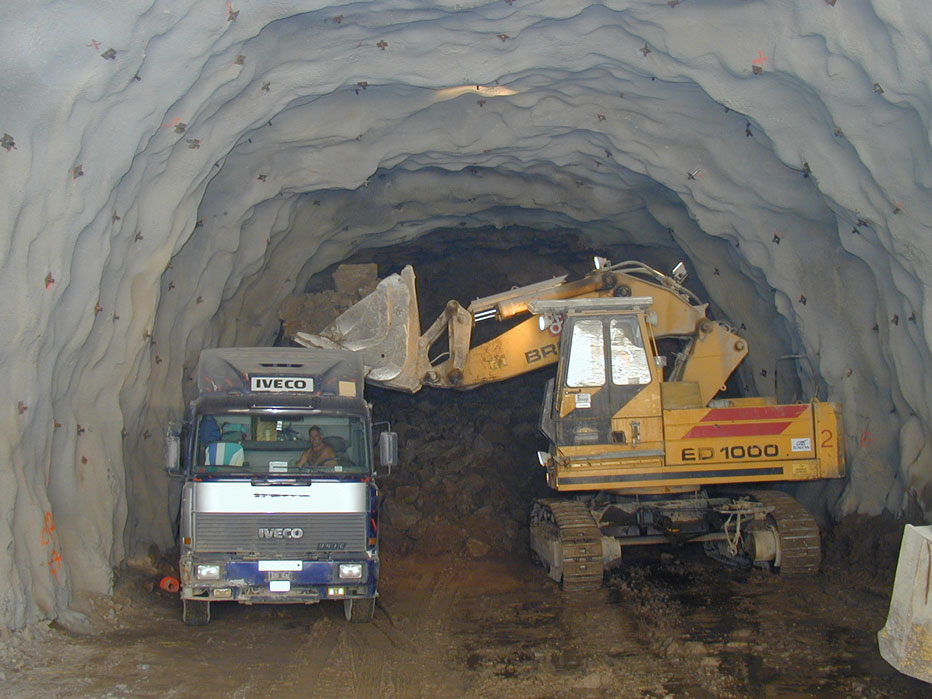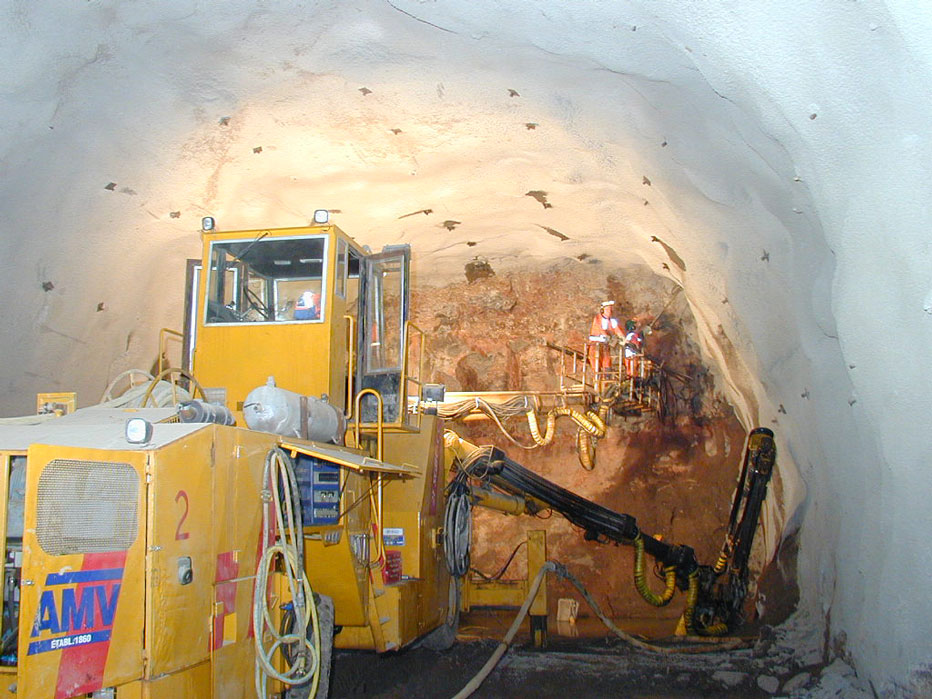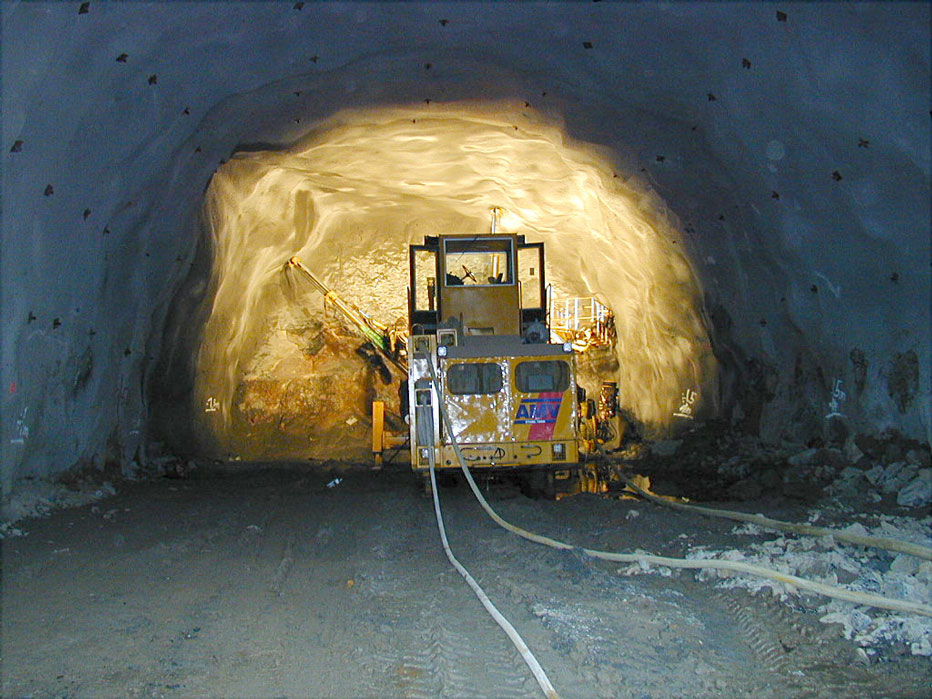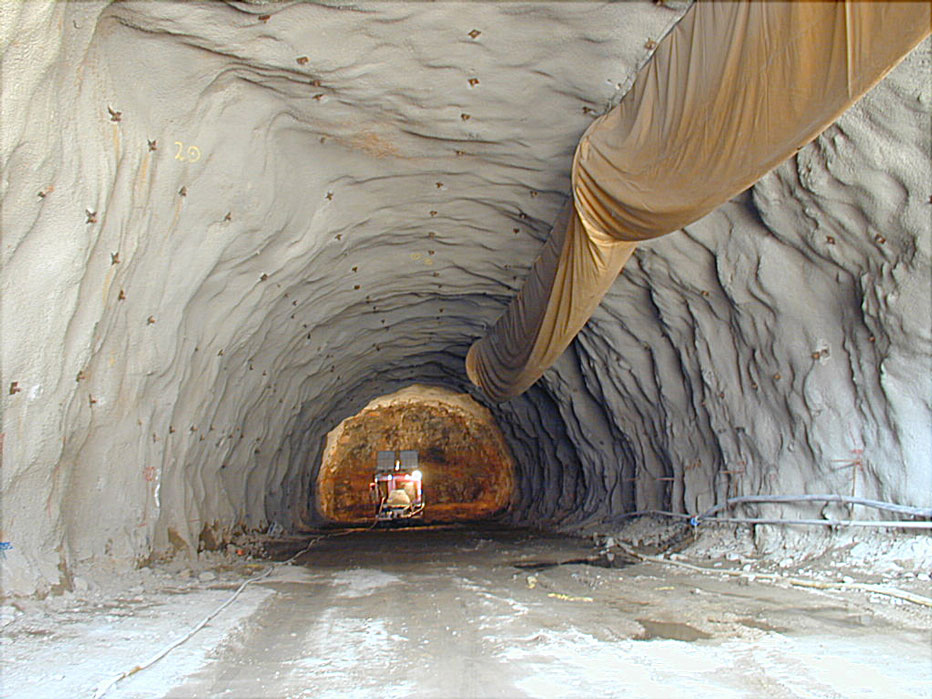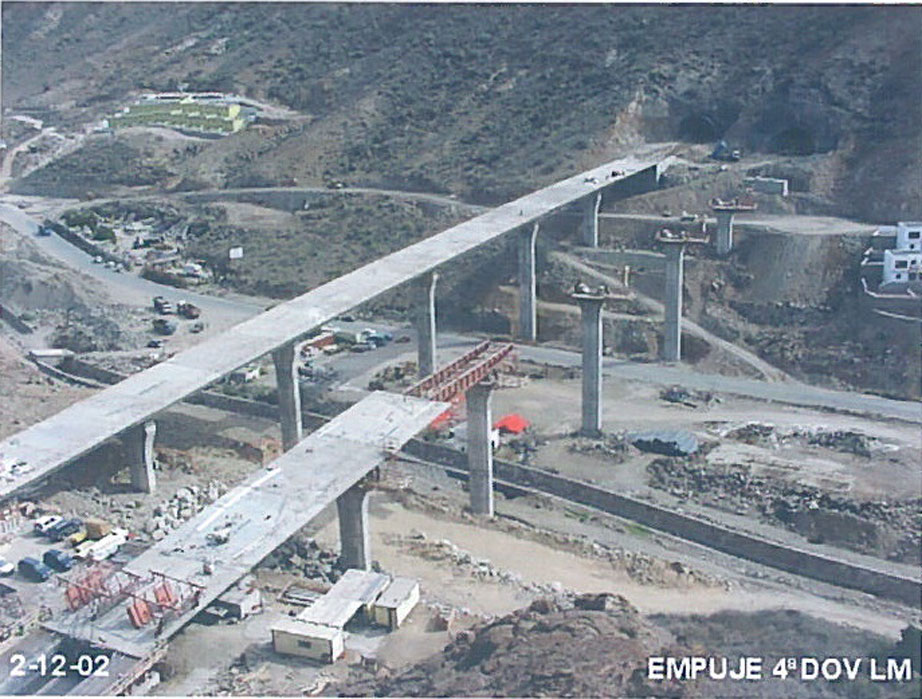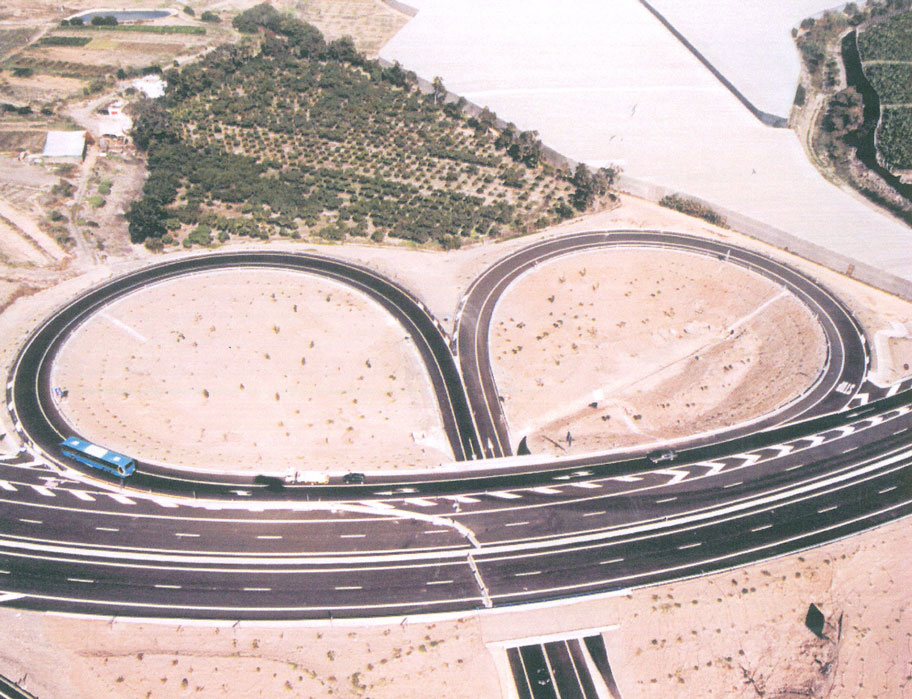The work established in the contract for CONSULTANCY WORK AND ASSISTANCE FOR THE SUPERVISION AND SURVEILLANCE OF THE ROADWORKS FOR THE “NEW GC-1 MOTORWAY was performed. SECTION: ARGUINEGUÍN – PUERTO RICO”, CODE: CV-01-GC-228 is awarded to SISTEMA, S.A. in TEMPORARY JOINT VENTURE with GEOCONTROL, S.A and SERCAL, S.A. The contract was signed on November 30th, 1999. The works began on 1st December 1999, executed by the company OHL, S.A, within the time limit of 48 months and for a budget of € 62,447,657.39.
This work is a section of the GC-1 Motorway which skirts the island of Gran Canaria along the east and south from its capital city of Las Palmas de Gran Canaria until the tourist zones of the south, ending in Arguineguín. From that point, the road which skirts the coast is the GC-500, going as far as Puerto de Rico and Puerto de Mogán. This road has an unsatisfactory route with numerous tight bends and crossings with traffic lights with a significant movement of pedestrians and cyclists. Also important to point out is the existence of great danger of rockfalls. The extension executed has a length of 6.2 km, although in order to connect with the above-mentioned GC-500 road and to give access to the Puerto Rico Tourist Urbanisation it was necessary to build two branch roads of 1.5 km and 0.7 km respectively.
The section built ends in a roundabout at the same level which will distribute the traffic towards the Coast Road (GC-500) or towards Puerto Rico, by means of a two way tunnel 384 metres long.
The cross section of the motorway comprises two tracks with two lanes, each of 3.5 m, and outside verges of 2.5 m and inside verges of 1.5 m. The most notable works to be pointed out are:
- The execution of 5 new tunnels, 4 of which are of bi-tube type, and the two-way Puerto Rico tunnel, totalling 5,126.00 metres of tunnel, which represents 35% of the length of the road built and 75% of the project’s budget.
- The dual carriageway tunnels are defined by a road width of 10.5 metres, comprising a 2.5 m verge, two 3.50 lanes and a 1m verge, a maximum height limit of 5m until the edge of the verge, with which an arch of three radii is configured which make up a section of 12 m in width and 7.8 m in height, configuring a useful section of 76.06 m2.
- Of particular note, that the tunnels were executed by means of Active Structural Design, based on knowledge of the characteristics of the terrain by means of Bieniawski classification to estimate the properties of the rocky mass by means of laboratory experiments and, relying on these, defining the standard supports.
- For the support of the tunnels, during execution, the following have been used: bolts, projected concrete reinforced with steel fibres and metallic trusses, and in order to ensure the stability of the works in the long term, a coating using projected concrete with polypropylene fibres.
- With regard to waterproofing, it should be stressed that despite being in a mainly arid climate, with scant rainfall, different specific measures for drainage and waterproofing were taken into account, such as the placement of pierce-proof and draining geotextiles in the false tunnels, as well as grooved PVC tubes covered in filter material at the foot of the structures.
- To catch the liquids spilt onto the surface, there is a prefabricated vertical slot conduit, 300 m in diameter, which is placed on the lowest side of the section, in accordance with the existing camber, connecting, every 50 m, to a φ400 mm collector by means of a siphoning basin which simultaneously acts as a decanter.
- In the same way, there is allowance for telecommunications, electric and other service wiring, with 14 φ 90 mm PVC tubes set into the concrete under the two pavements on each side of the tunnel, with metal lidded basins, spaced 75 m apart.
- A fire prevention conduit was also built, by means of a φ 100 mm tube, with a φ 150 mm PVC tube, with hydrants in place every 150 metres.
- Finally the tunnels in the Arguineguín-Puerto Rico Section are fitted with the strictest measures and advances as far as safety and signage are concerned, such the installation of reflective plates in the side walls, as well as suitable lighting and signage for the walls, improving not only the user’s safety, but also their comfort.
- 2 twin viaducts, one per road, over the Puerto Rico Ravine, with a length of about 250 m, each, in 6 spans, with the 4 central spans of 50 m clearance, and pillars of up to 30m in height, with a box type section panel, executed by the thrust system, that is, assembled at the ends, and slid with hydraulic jacks until the total length of both panels are completed.
- Extension of the existing structures (2) at the Arguineguín Junction, by 3.5 m in each direction, to make sufficient width available to make room for the acceleration and deceleration lanes of the junction, and execution of a new structure in the junction with postensioned beams resting on reinforced earth.
- 2 false tunnels, 30 m in length (one in each direction), to give continuity to a pre-existing road, for environmental reasons (at the instances of the Environmental Impact Statement).
- The junctions built are:
- The Arguineguín Junction, “trumpet type”; remodelled to adapt it to the new conditions of the Motorway, as already commented.
- Roundabouts at the end of the Motorway and two more roundabouts at the connection with coastal road GC-500 and the connection with the Puerto Rico Urbanisation.
- Access junction to Tauro, “weight type”, with mini roundabouts, to give access to the town of Tauro and the future golf course, minimising interference with the existing traffic.
All the work and in particular the tunnels have been given the very latest control and safety measures, among which:
- Lighting system
- Pressurised evacuation galleries with firewall hatches,
- Ventilation, (including in galleries) with opacimeters, CO detectors and wind gauges incorporated into this system.
- Closed circuit television, and an Automatic Incident Detection system associated to the CCTV.
- Dynamic signage of tunnel access and height control.
- System of SOS posts, loudspeakers and fire detection by heat gradient.
- Fire prevention network with equipped fire hydrants and hosepipe connections for the use of the fire brigade with two water tanks exclusively for this purpose.

